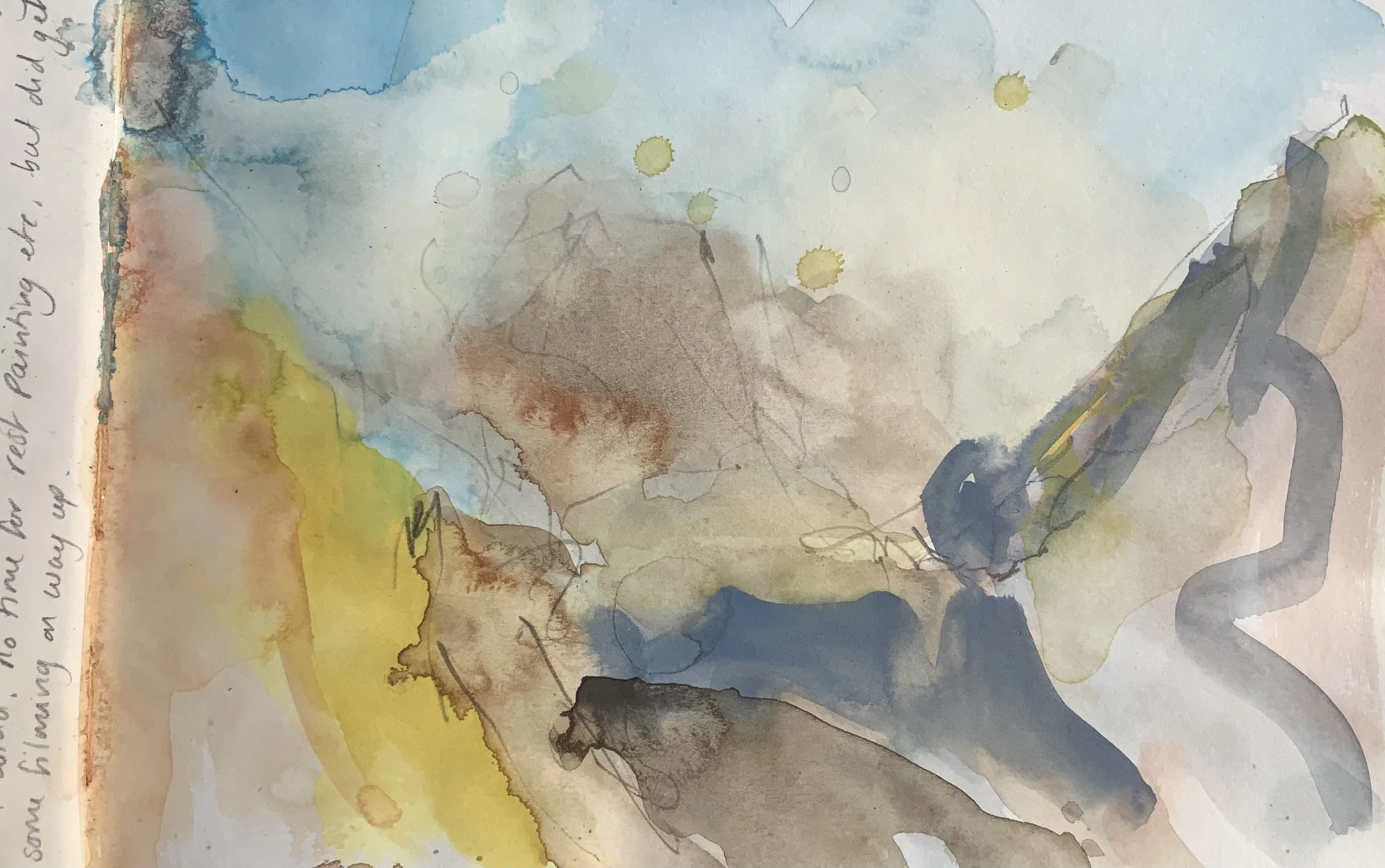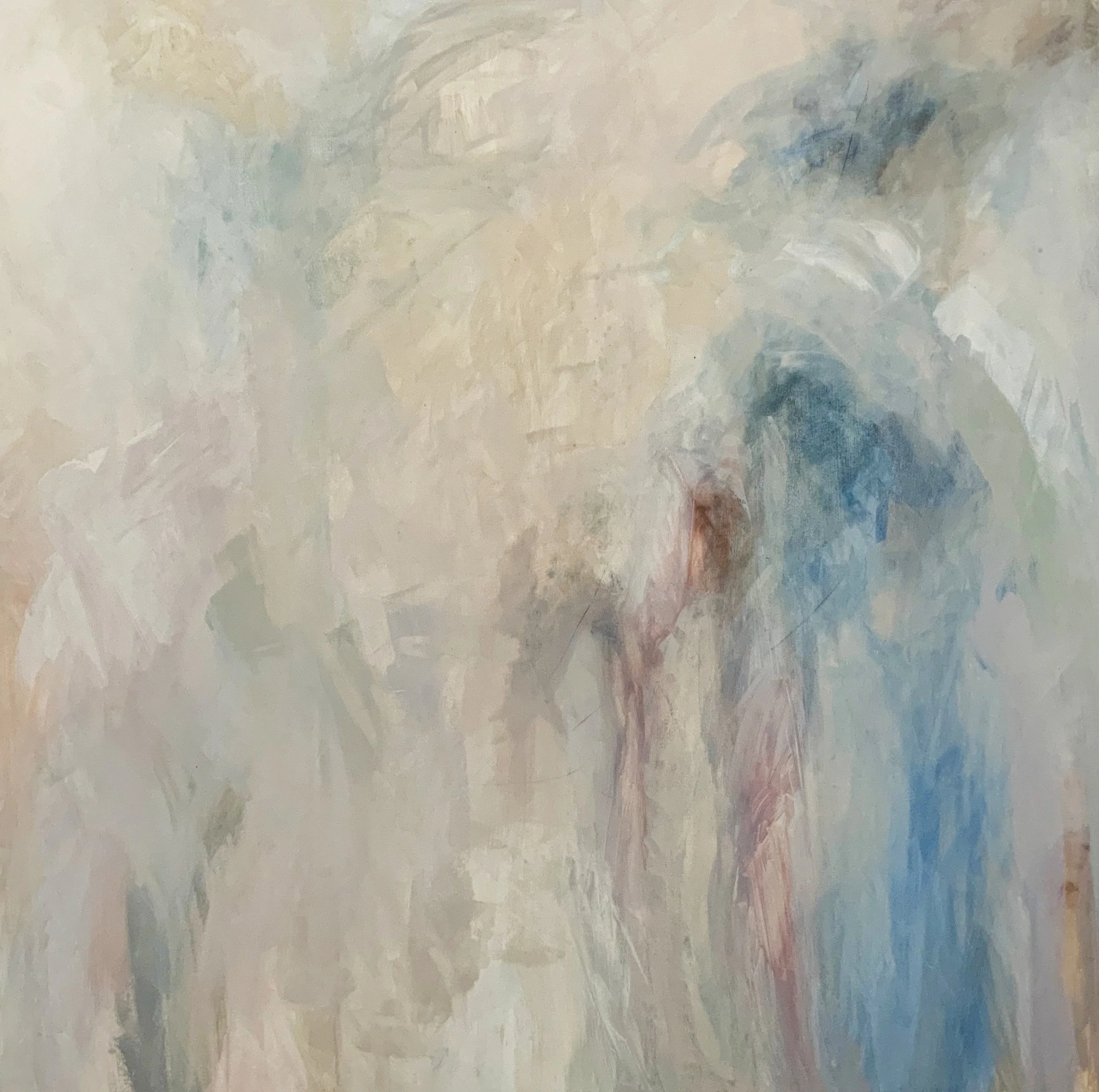Painting from a place in Nature

Forward written for ‘Shift’ paintings from the Karakoram.
Artist Richard Barne’s PHD explored the use of digital technology within a traditional painting practice.
Rachel Antill’s art explores two journeys; the first is to the remote and challenging environment of the explorer, battling extreme temperatures, weather and physical terrain, requiring stamina, streangth and stoicism. The second is an inner journey, equally challenging, incorporating and reflecting on the other. As well as being a climber and an artist with an established practice of many years, Antill is also an experienced practitioner and teacher of yoga. These three areas of expertise have combined together to inform her work. What is crucial however is her ability to allow all the theory, the intellectual and physical rigour of making her work, to dissolve into an intuitive and spontaneous act of creation. the work has a presence; it has a complexity and simplicity, an austerity and joy.

The nature of pioneering climbing expeditions has largely changed over time due to logistical contraints becoming less onerous. The advance of technology and in particular the digital camera has meant that climbers themselves can become recorders and documenters, some becoming extremely proficient and skilled in producing magnificent images. This shift however, has also meant a less well-defined role for artists who whilst still clutching pencil and brushes, may find their own filming equipment redundant. It has also provoked a difference in the images created, from an observation of the whole dynamic to a focus on the individual. There has been a change in perspective from the eye of the seer to the eye of the doer, with the focus becoming centred on the explorer rather than the explored.
Putting the self at the centre stage is by no means limited to the realm of the climbing fraternity: there are many artists whose work explicitly celebrates it, nor is it necessarily wrong. An individual’s journey of discovery, wether as a climber or an artist, has its own validity, but it is in essence different to the study of the larger reality that one sitting and observing may make. This looks beyond the action hero to that which compels the action and conveys this with the thought and care, plus the emotional and physical energy that any climber puts into establishing a new route, by using the artistry of filming, photography and painting to portray more than simply action of climbing, but instead nature of what the climber might find.
The explorative climber must push the bounds of possibility with an open mind, free from fear. As the expedition artist Antill endeavoured to match this open-mindedness; rather than being frightened into recording what is understood by the brain’s perception of the landscape, she endeavoured to capture the experience as it actually was, without preconceptions or restraint. Her work is not a celebration of self against the elements; Antill does not boast about what she has accomplished. It is much more a deep interrogation of how an experience like this affects an individual used to living with the comforts of the 21st century.
